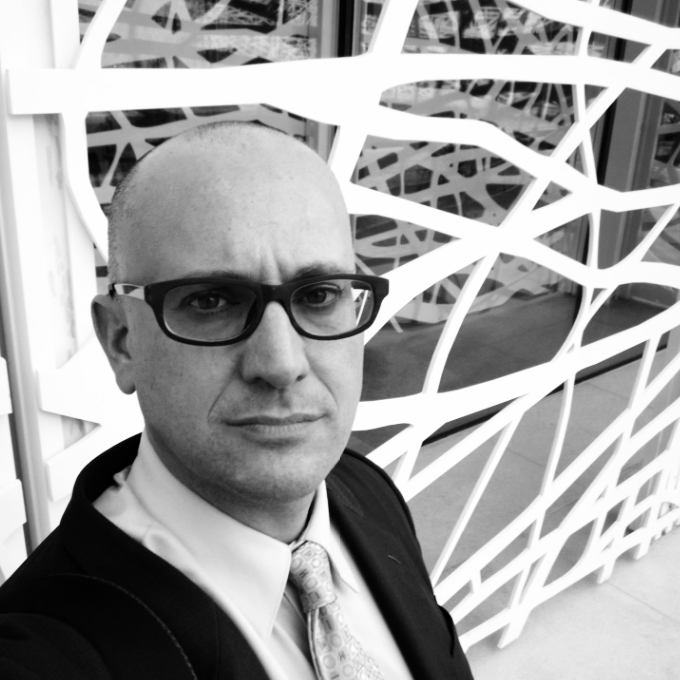Plenty of companies the last several years (including a certain oil and gas company) have been accused of using their corporate social responsibility initiatives as a mask to hide the effects their business practices have on the environment and workers.
So could Americans’ tax dollars be paying for greenwashing by the United States Department of Agriculture?
The size and stature of the USDA’s head offices on Independence Avenue in Washington DC are symbolic of an agenda that supports and subsidizes large agricultural interests instead of small family farmers. Its various programs, from school lunch initiatives to food inspection to SNAP (the acronym formerly known as “food stamps”) are designed to benefit large connected farming interests rather than local farms.
But the USDA is now trying to prove it has the interests of local farms at its core, and to that end the agency with a US$132 billion budget launched its Know Your Farmer, Know Your Food Program (or KYF2) in 2009. Few have seemed to notice, so the USDA has ramped up the visibility of its programs with its Compass site. Full of reports, case studies, programs and even a blog, the layout of the site is impressive. The Compass may also elicit some giggles as well, with such sections as Farm to Institution that are open to wild interpretation. A Twitter chat was hosted last week, too.
So is the USDA really shifting towards a “going local” movement?
Local and organic food advocates should not get too excited.
Secretary of Agriculture Tom Vilsack has long defended large agricultural interests in and out of his home state of Iowa. His close ties to Monsanto and other companies that create genetically engineered crops are only a couple indications of the USDA’s priorities.
Next, farming subsidies, specifically commodity subsidies, still overwhelming flow to companies that need the support the least. The Environmental Working Group, for example, demonstrates that 80 percent of all subsidies are awarded to to the top 20 percent of all payment recipients. And speaking of the top 1%: they received 21 percent of all subsidies as of 2010.
Finally, the language that Secretary Vilsack and the USDA dish out indicate that the KYF2 program was designed to make the entire department and its programs look good. As a Grist writer pointed out during a catatonic live streaming session last week, Secretary Kathleen Merrigan said:
“One person quoted in the Compass said … 'Those of us doing the local/regional food work are ambassadors for American agriculture.' … That resonated with me because they’re putting that face on farming that I think is so important for all our constituents at USDA.”
In fairness the program is threatened by politics. Senators and representatives in Washington DC see any diversion of resources away from large agricultural concerns as a threat. Pat Roberts, a senator from Kansas, describes the KYF2 as “not steeped in reality” since most consumers “can’t walk into church every Sunday and shake the banana and coconut producer’s hand.” Add the fact that KYF2 is not a budget item but a vehicle by which to coordinate departments within the USDA to highlight local farm programs.
Nevertheless, a slick web site and the embrace of social media cannot substitute for sincerity and transparency. The KYF2 site is a nice portal of information, but institutional forces are at work to support the powerful and connected guys, not the smaller farmers and companies who are genuinely working and growing to make a difference in our food supply.
Leon Kaye is a freelance writer, sustainability consultant and the editor of GreenGoPost.com. He also contributes to Guardian Sustainable Business. You can follow him on Twitter.
Photo of Kathleen Merrigan and Tom Vilsack courtesy of the Department of Agriculture.

Leon Kaye has written for 3p since 2010 and become executive editor in 2018. His previous work includes writing for the Guardian as well as other online and print publications. In addition, he's worked in sales executive roles within technology and financial research companies, as well as for a public relations firm, for which he consulted with one of the globe’s leading sustainability initiatives. Currently living in Central California, he’s traveled to 70-plus countries and has lived and worked in South Korea, the United Arab Emirates and Uruguay.
Leon’s an alum of Fresno State, the University of Maryland, Baltimore County and the University of Southern California's Marshall Business School. He enjoys traveling abroad as well as exploring California’s Central Coast and the Sierra Nevadas.














